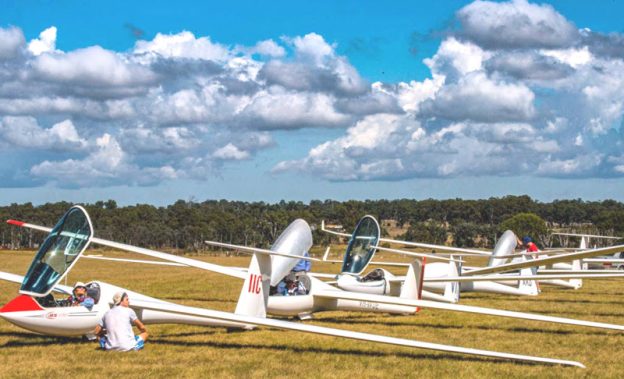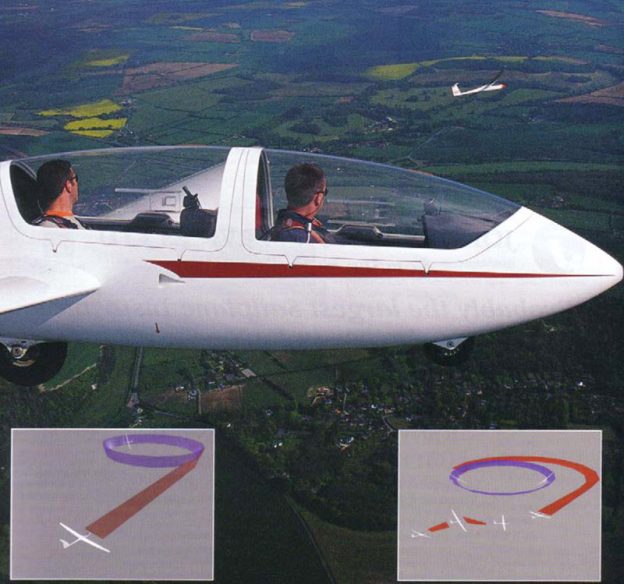If you’re a winch pilot, you probably know this all too well, if you haven’t built a small plan before take-off, your flight might end up with a circuit and another launch. For a flight to be successful we must first think about where to go once we release the cable or tow plane.
Plan before Takeoff
The easy way to start this process is to select a promising-looking cloud shortly before launch, a sure advantage. Why so? Because you are already ahead of the eight-ball when it’s time to start making soaring decisions, often at low altitudes. Once we release, we must look for it again and assess whether it’s within reach or not. If not, have you picked a backup cloud or ‘house’ thermal to go to? If it is, keep flying towards it while refraining from turning in anything unless it’s a certain lift – always remember though, we must keep gliding back to the airfield with landing height options to spare!
Staying Airborne
So with the limited height and time available, we have to get crafty. We also have to remember that it’s not a race at this point, we just need to stay airborne so we can have the opportunity to soar for the day. We should head to our target cloud at the best glide speed or near enough to it.
The same applies to aero-tow too, however, we have a much greater chance of finding lift as we’ll be sampling it on the way up, we will be taken closer or further away at our request, and finally, we can always release when we go through a thermal. If the tow plane starts climbing faster than the average on the way up, it’s likely you’re in a climb. I personally try to stay on to 2000’ to simulate a competition tow, but you may want to get off early to practice a low save.
After Release
After release though without a thermal, we practice the same as the winch pilot or we can backtrack to those thermals felt on tow, use caution though, are there other tows inbound on that standard path – lookout out always! Thermals are often wider in diameter and easier to stay in, so a higher tow is often easier again to get away from. Try to head upwind, so that you are drifting towards the home airfield. Our best chance of finding lift is to approach the cloud or hotspot into the wind, this might sound difficult to do, but when downwind straight after release, we don’t care about the wind at altitude, so use the ground wind for now, plus your gliders instruments will help if you have the appropriate ones on board – an Oudie N is excellent for this, the Oudie will also help with having return to airfield glide information too
Tactics
The first thermal of the day doesn’t have to be the strongest, we just want to stay up, sample the air, and build our picture of the thermal structure for the day. Remember, it takes a verrrrry long time to lose 1000’ when you’re thermalling in 0.1kt sink – so if you need to buy time while you wait for someone else to help you look for a thermal, this is a good tactic to use, when the other finds a useable climb nearby, you can choose to leave or stay. Source: ‚Wings & Wheels‚.



